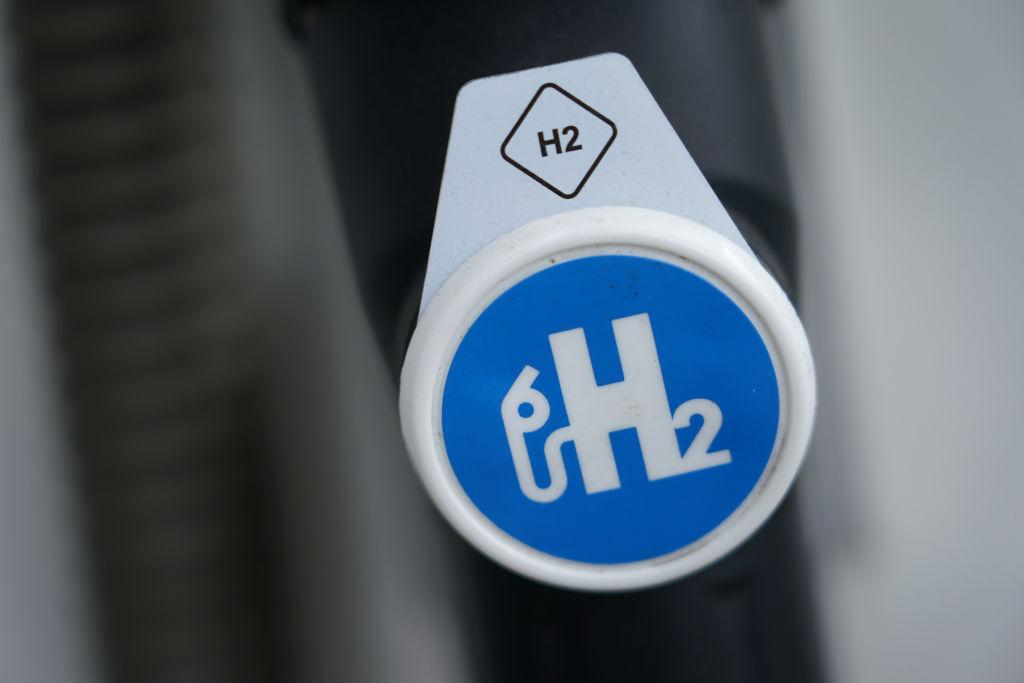Commentary
Andrew “Twiggy” Forrest, an Australian businessman, has made headlines frequently in the last two years, raving about the merits of green hydrogen and declaiming with equally unrestrained fervour the ridiculousness of blue hydrogen.

Andrew “Twiggy” Forrest, an Australian businessman, has made headlines frequently in the last two years, raving about the merits of green hydrogen and declaiming with equally unrestrained fervour the ridiculousness of blue hydrogen.